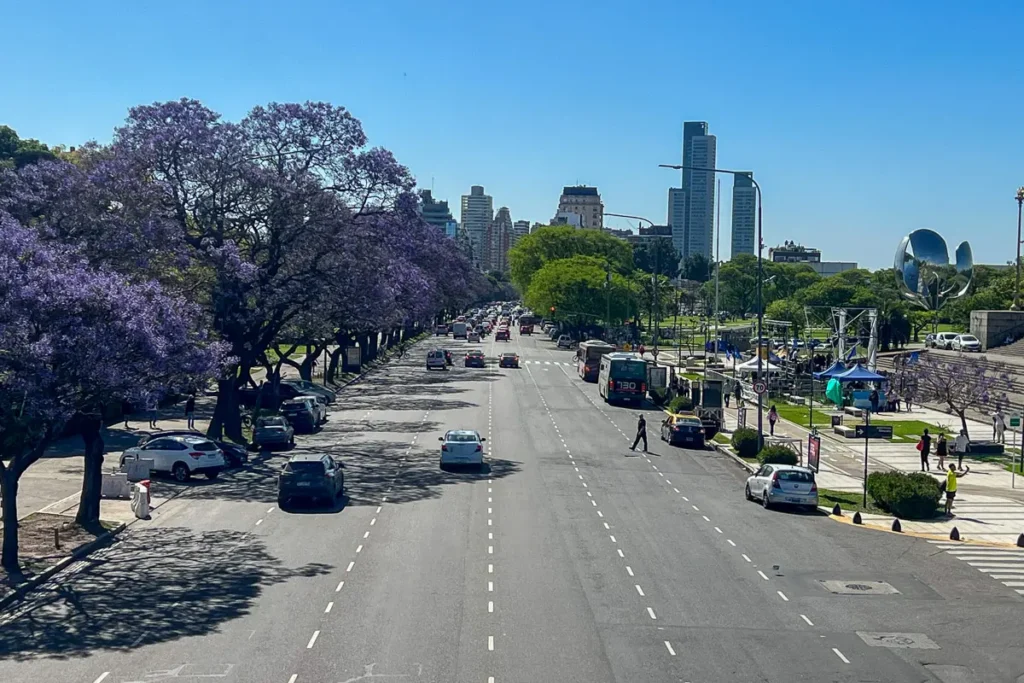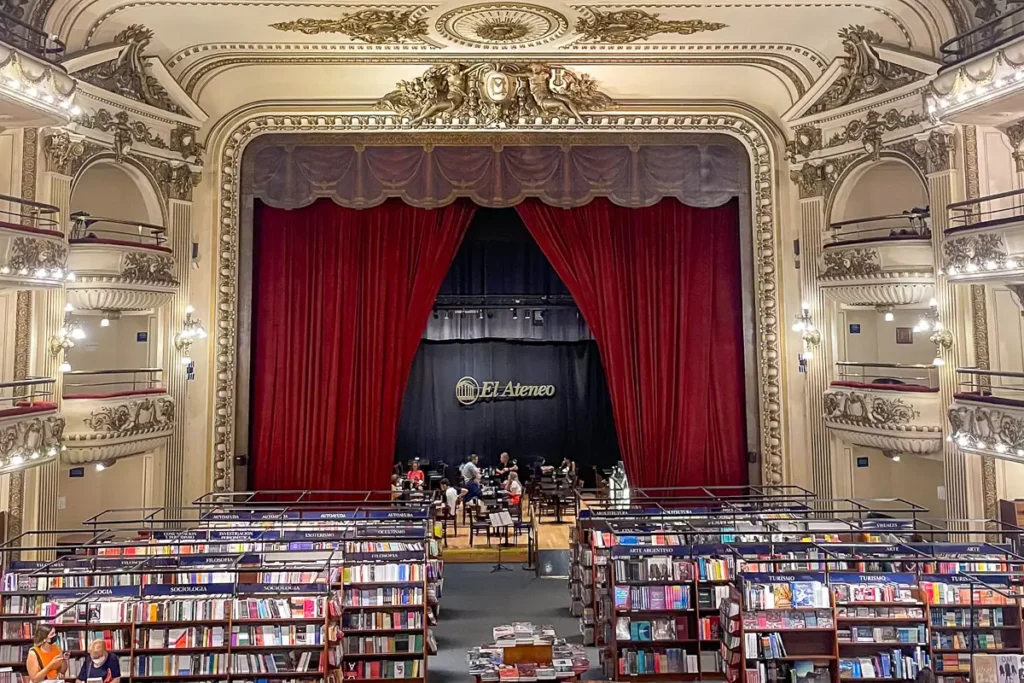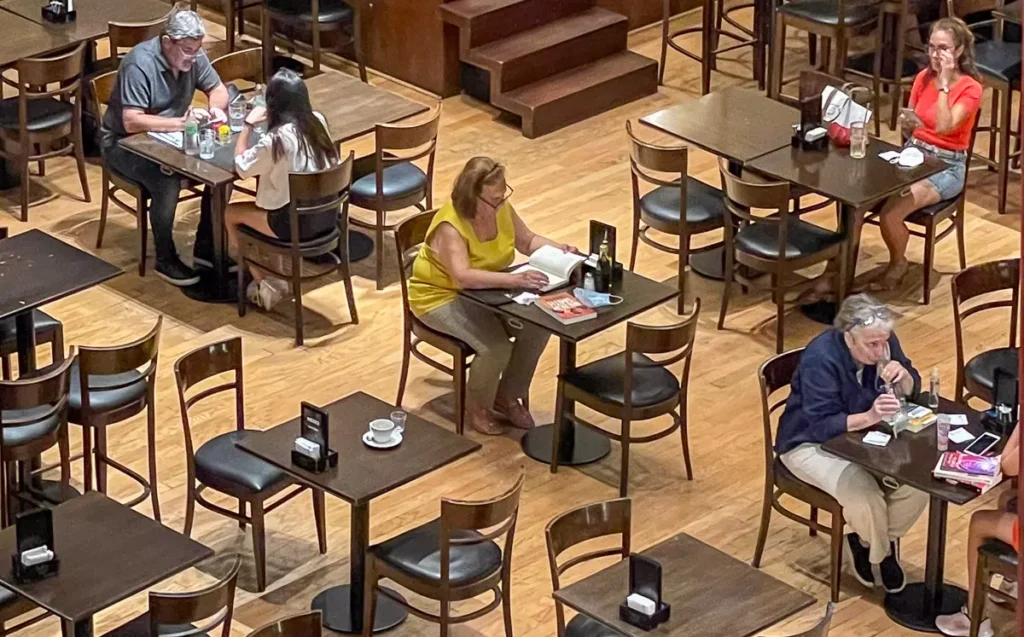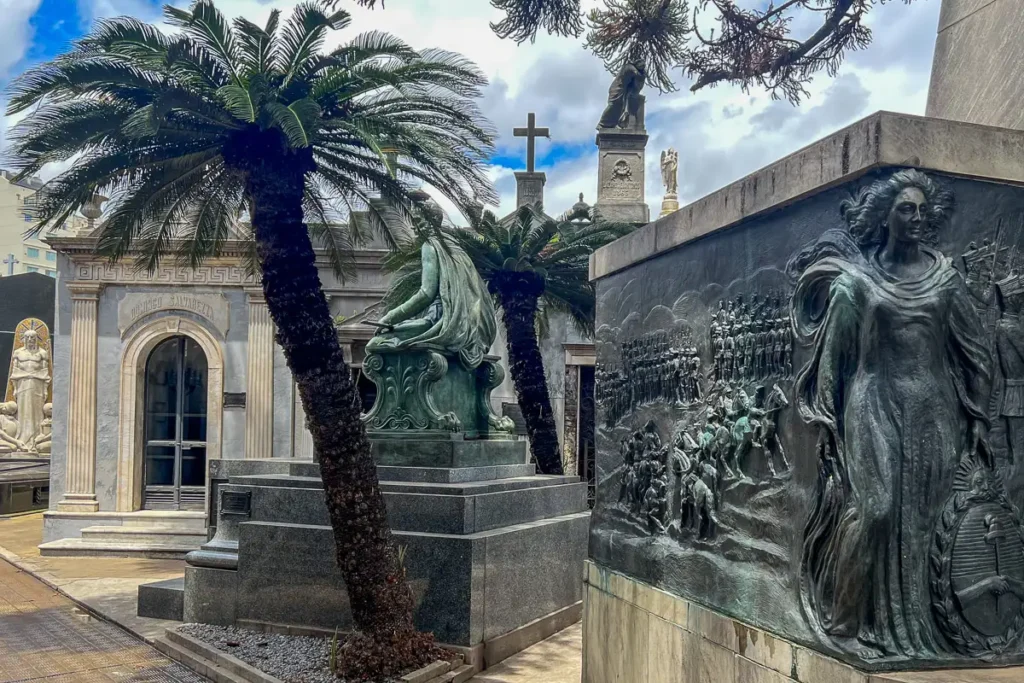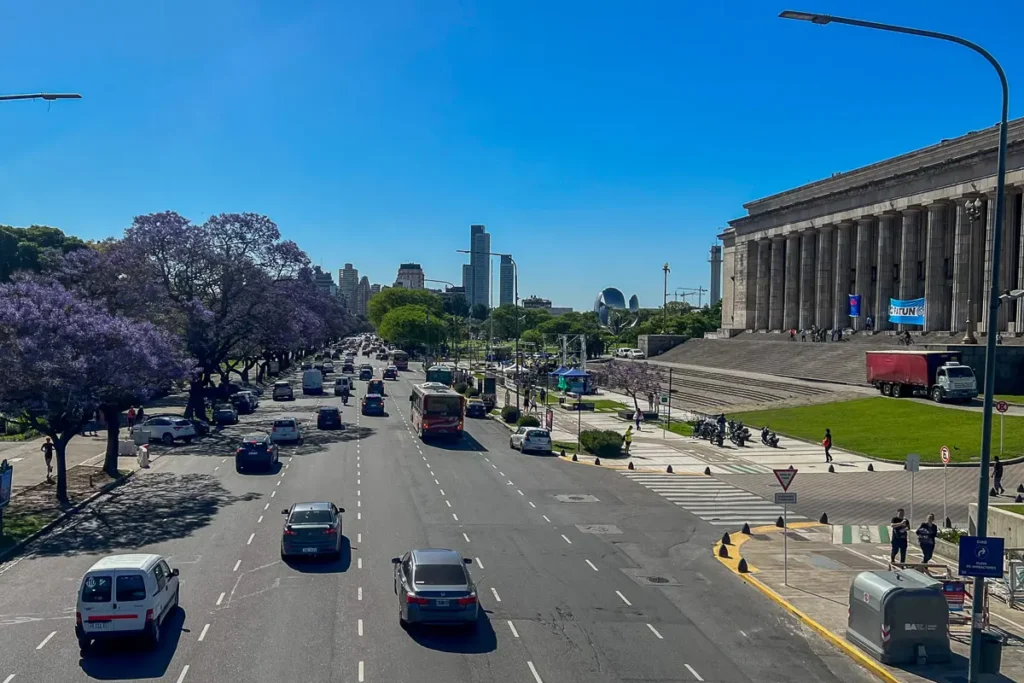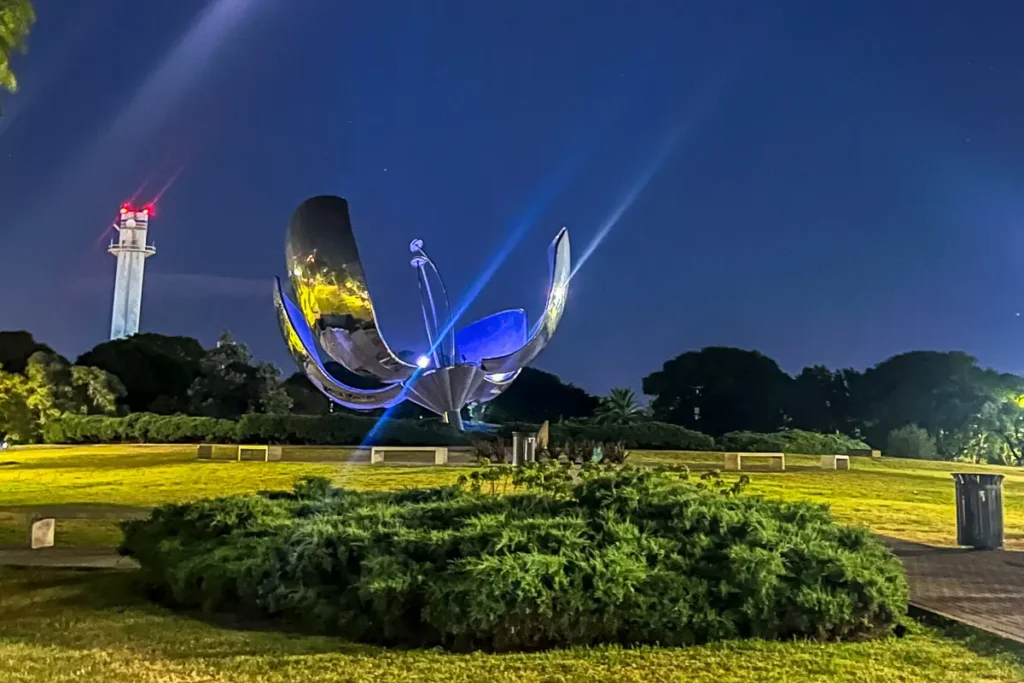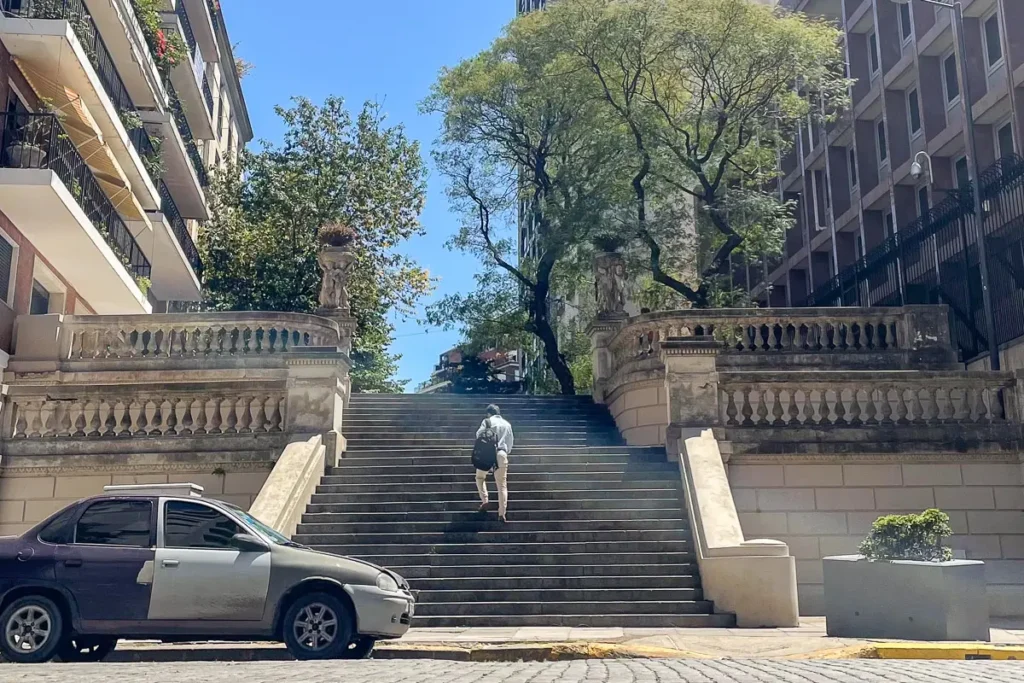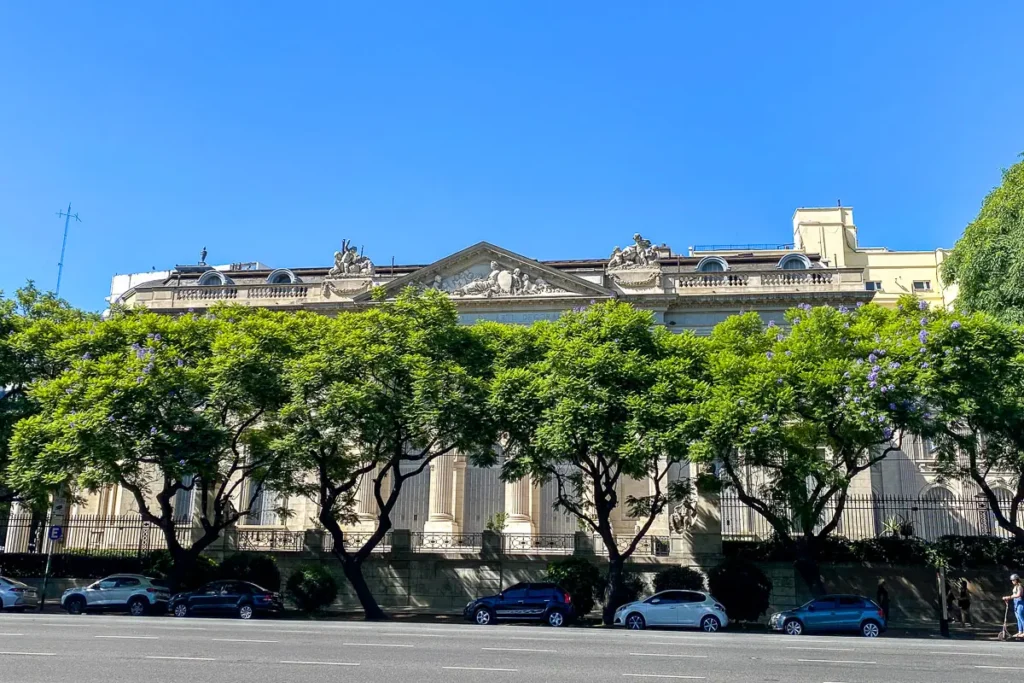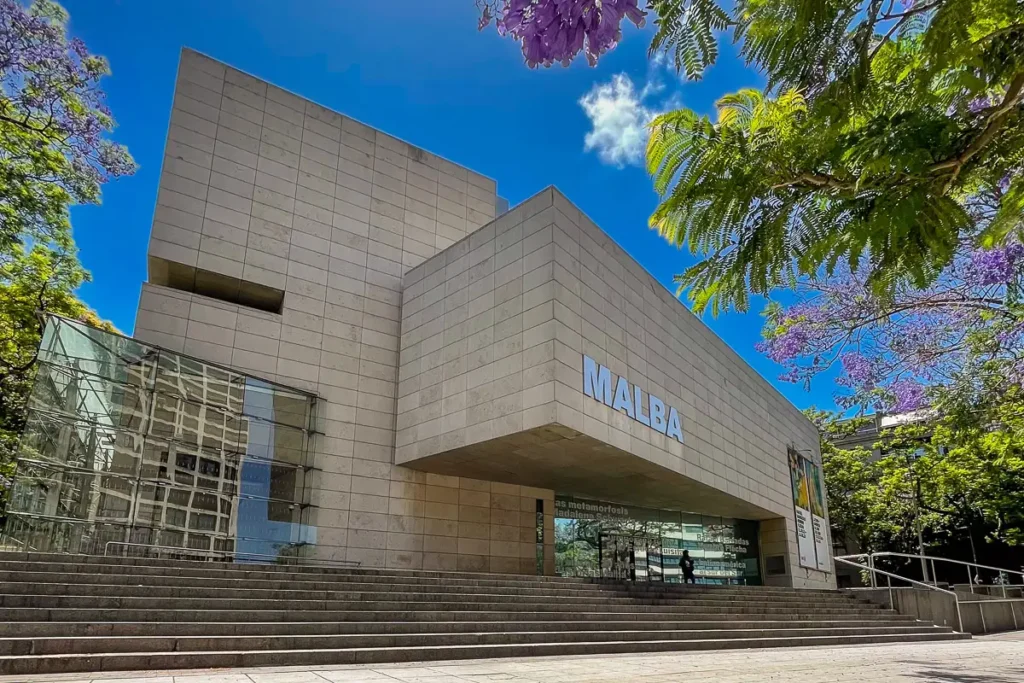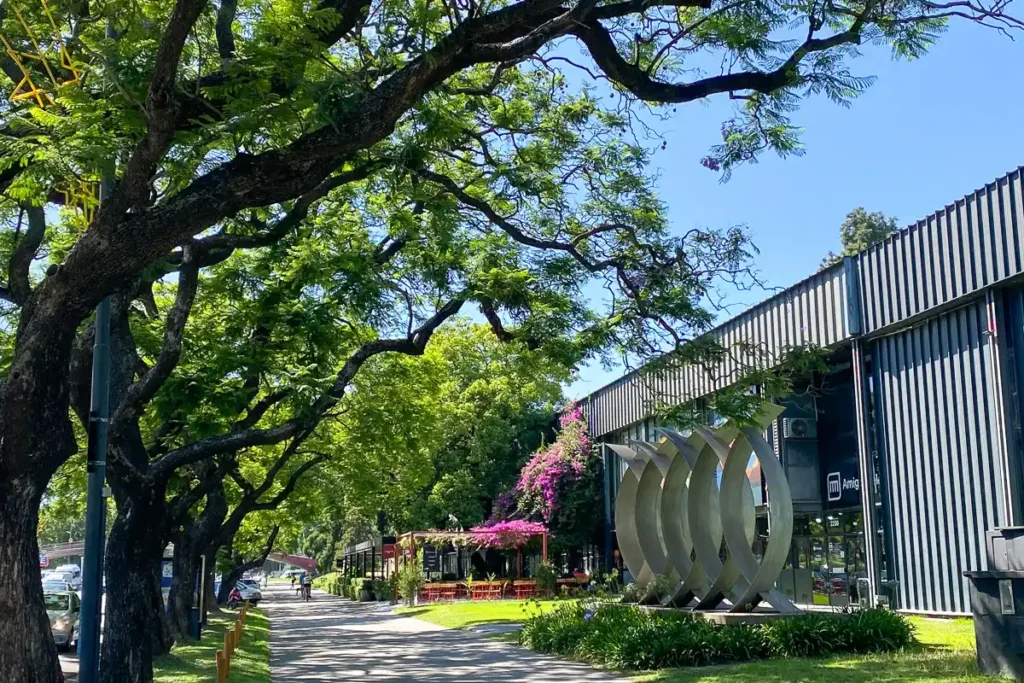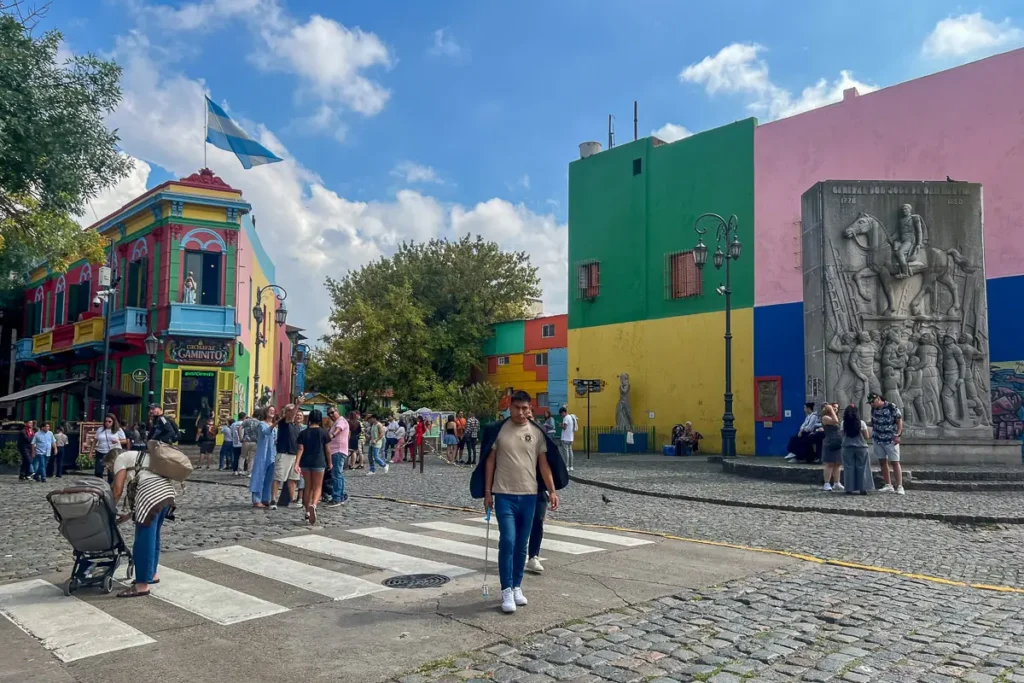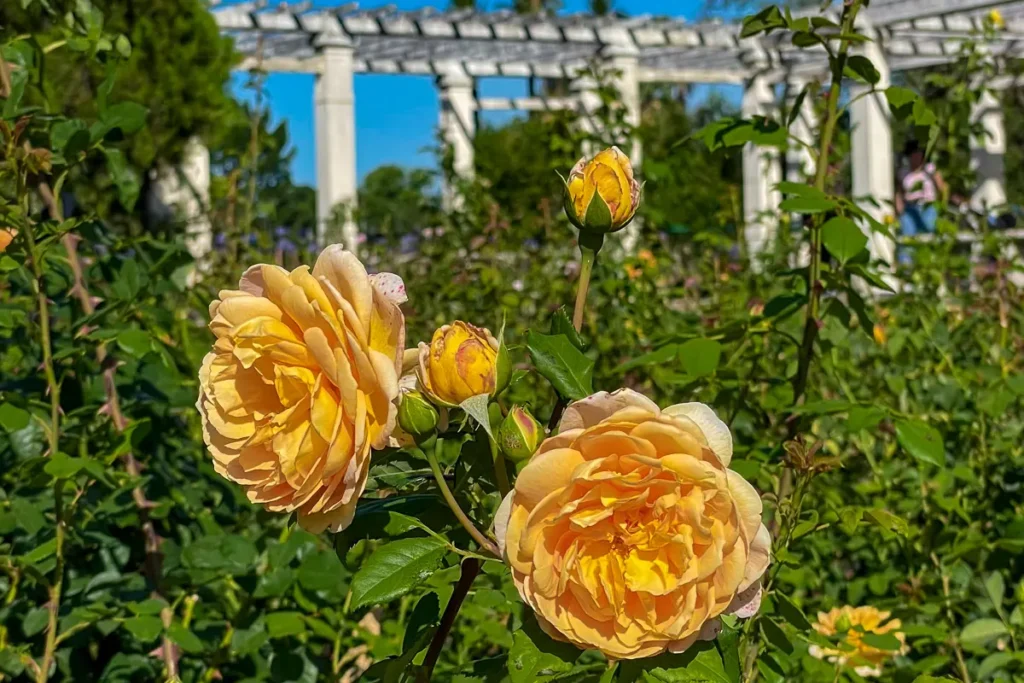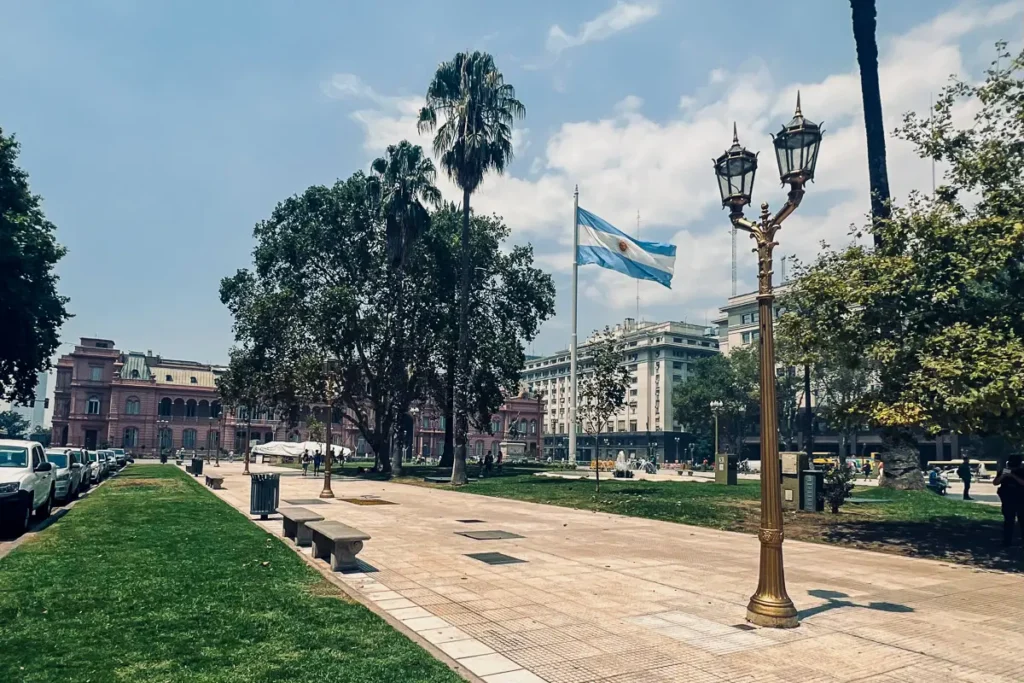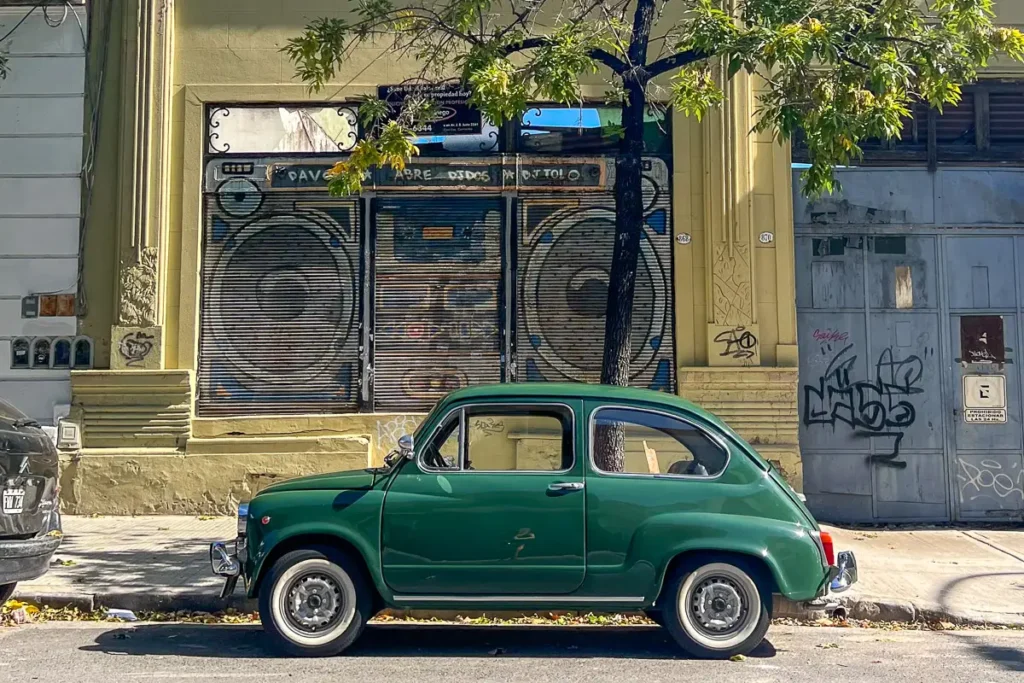El Ateneo Grand Splendid: A Theater Full of Books
Located at 1860 Santa Fe Avenue, right on the border of Barrio Norte and Recoleta, El Ateneo Grand Splendid has earned its reputation as one of the most beautiful bookstores in the world — and once you’re inside, you’ll see why.
From the outside, it may not look like much. But step in, and you’ll find yourself standing in a former theater, now lined wall-to-wall with books. The stage is now a café, the balconies still remain, and crimson curtains frame the scene. The space is majestic, yet welcoming.
This historic building has hosted a radio station and recording studios — even Carlos Gardel recorded tango songs here.
With over 120,000 titles, it’s also the largest bookstore in the city. Many people come just to sit in the armchairs scattered around the store and enjoy a quiet read, with no pressure to buy.
☕ If you’re in the mood for a break, the café on the old stage is a lovely spot to enjoy the atmosphere over a coffee.
Alvear Avenue: Palaces in Plain Sight
Just a short walk from the bookstore, head toward Alvear Avenue — one of the most iconic streets in Recoleta and Retiro.
This seven-block stretch is pure elegance. In the late 1800s, Buenos Aires’ elite moved here to escape a yellow fever outbreak in the south of the city. They brought with them a love of French architecture, and the results are still stunning today.
🏛️ Many of the original palaces are now embassies or clubs. Look for:
- The Brazilian Embassy
- The French Embassy
- The Jockey Club
- And the luxurious Alvear Palace Hotel at the corner of Alvear and Ayacucho
If you feel like taking a break in style, the hotel café offers a high-end experience — just keep in mind the prices are more European than local.
Recoleta Cemetery: History in Marble and Bronze
Strange as it sounds, a cemetery is one of the most visited places in Buenos Aires — and for good reason.
Recoleta Cemetery is not just a resting place, but a museum of art and history in the open air. Each mausoleum tells a story, many decorated with marble, bronze, and stained glass. This is where Argentina’s most powerful families built their final legacy.
👣 As you walk through the narrow alleys, you’ll find the tombs of presidents, writers, and national heroes. The most visited one? Eva Perón’s — also known as Evita. Despite her fame, her tomb is modest, reflecting her public image.
☕ After your visit, walk about 100 meters to La Biela, a classic café where locals — especially older Recoleta residents — gather for coffee and conversation.
Museo Nacional de Bellas Artes: Art for Everyone
Just a few minutes from the cemetery, the
National Museum of Fine Arts holds one of the most important collections in Latin America — and it’s completely free.
The building itself once housed the city’s water tanks, before being transformed into a museum in 1932.
🖼️ Inside, you’ll find works by Argentine artists as well as international names like Monet, Rodin, and Picasso. The museum also hosts excellent temporary exhibits, so it’s worth checking their website before your visit.
Floralis Genérica & The Law School: Icons of Modern BA
Right behind the museum, cross the avenue and head to the park that holds two modern symbols of the city: the Floralis Genérica and the University of Buenos Aires Law School.
📷 For the best photo, stand on the pedestrian bridge that crosses Figueroa Alcorta Avenue — you’ll capture both in a single frame.
The university building is massive, with tall columns and brutalist style. It belongs to the public University of Buenos Aires (UBA) — one of the most prestigious in Latin America.
Next to it, the Floralis Genérica is a giant metallic flower that should open and close with the sun, mimicking a real flower. Sadly, the mechanism hasn’t worked for years, but its design and scale still make it one of the city’s must-see landmarks.
La Isla: Staircases, Views, and a National Treasure
Before reaching Palermo Chico, take a short detour through La Isla, one of the most scenic and elegant corners of Recoleta.
This small residential area is known for its European feel, with winding streets, stone staircases, and old buildings that echo the charm of Paris or Madrid. It’s a quiet place to stroll and take photos, especially around the Plaza Mitre and the Monument to Bartolomé Mitre.
Just a few steps from there, architecture lovers will appreciate the bold, modern structure of the National Library of Argentina, a striking concrete building from the 1970s. It’s a hidden gem for those interested in brutalist design and city contrasts.
Palermo Chico: Palaces and Quiet Streets
From Recoleta, you’ll soon reach Palermo Chico, also known as Barrio Parque. Designed in 1912 by French landscape architect Charles Thays, the neighborhood features curved streets, trees, and a peaceful atmosphere that contrasts with the nearby avenues.
Here you’ll find dozens of elegant mansions — many of them now home to embassies like Spain, Belgium, and Greece.
It’s easy to see why people call Buenos Aires “The Paris of South America” — the architecture here makes you feel like you’ve been dropped in Europe.
But this is also a city of contrasts. Just a few blocks away lies Villa 31, one of the city’s most precarious neighborhoods, where living conditions reflect Argentina’s deep social inequalities. The proximity between these two worlds is part of the city’s complexity.
MALBA: Latin American Stories in a Modern Space
To finish your route, head to
MALBA — the Latin American Art Museum of Buenos Aires.
Founded in 2001, MALBA holds works from across the continent, including pieces by Frida Kahlo, Diego Rivera, Xul Solar, and Antonio Berni. The collection blends modern classics with current exhibitions that rotate throughout the year.
🖼️ This is the most visited museum in Buenos Aires — and for good reason. It offers a beautifully curated experience that connects Latin American history with its present.
Inside, there’s the chic Café Coronado, with large windows overlooking the park. It’s a lovely (but pricey) spot to relax and reflect on your day.
Conclusion
This route shows you Buenos Aires at its most elegant — where architecture tells stories of a wealthy past, and art is a bridge to Latin American identity.
From marble mausoleums to modern museums, from palaces to public universities, you’ve just walked through a part of the city that blends tradition with change, luxury with accessibility.
🎨 Final tip: Many museums are free or affordable — but cafés and restaurants in this area can be expensive. It’s perfectly fine to walk in, take a look, or just have a coffee — no need to splurge unless you want to.
